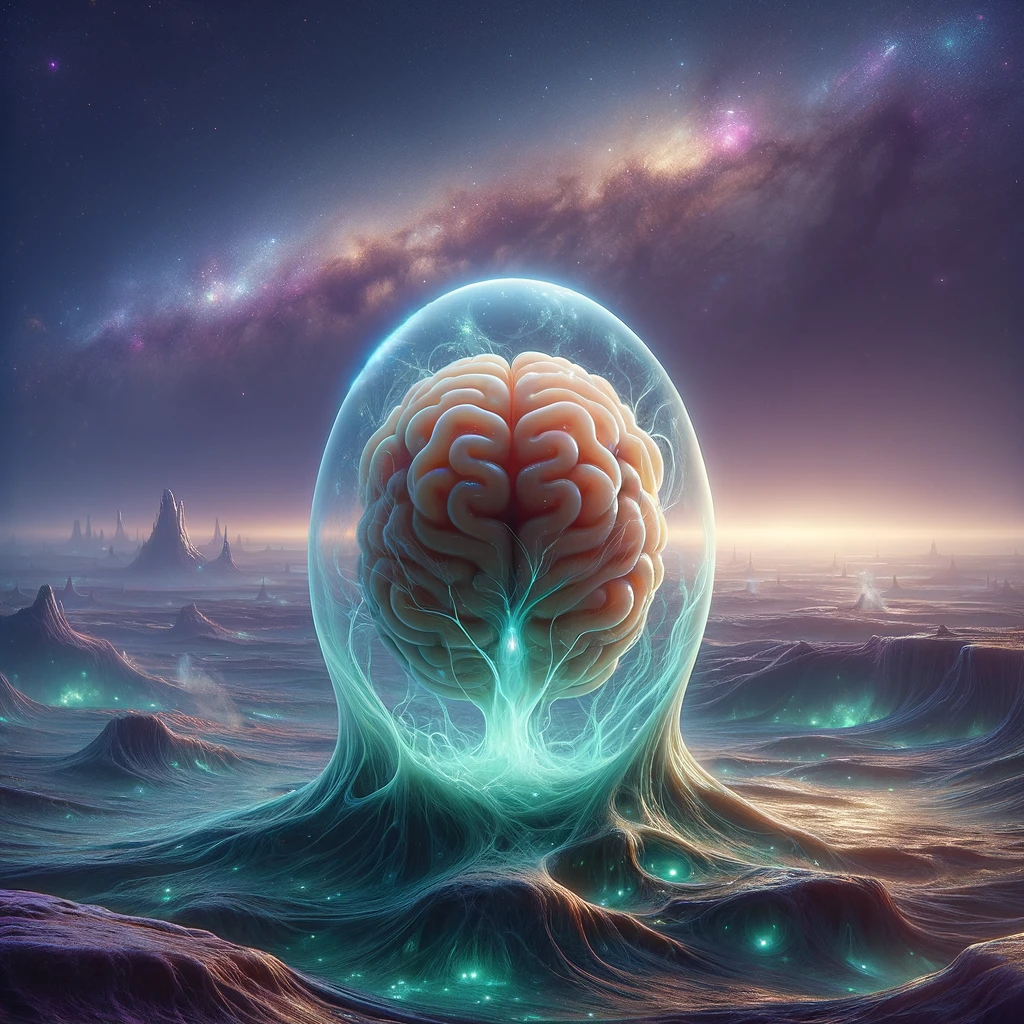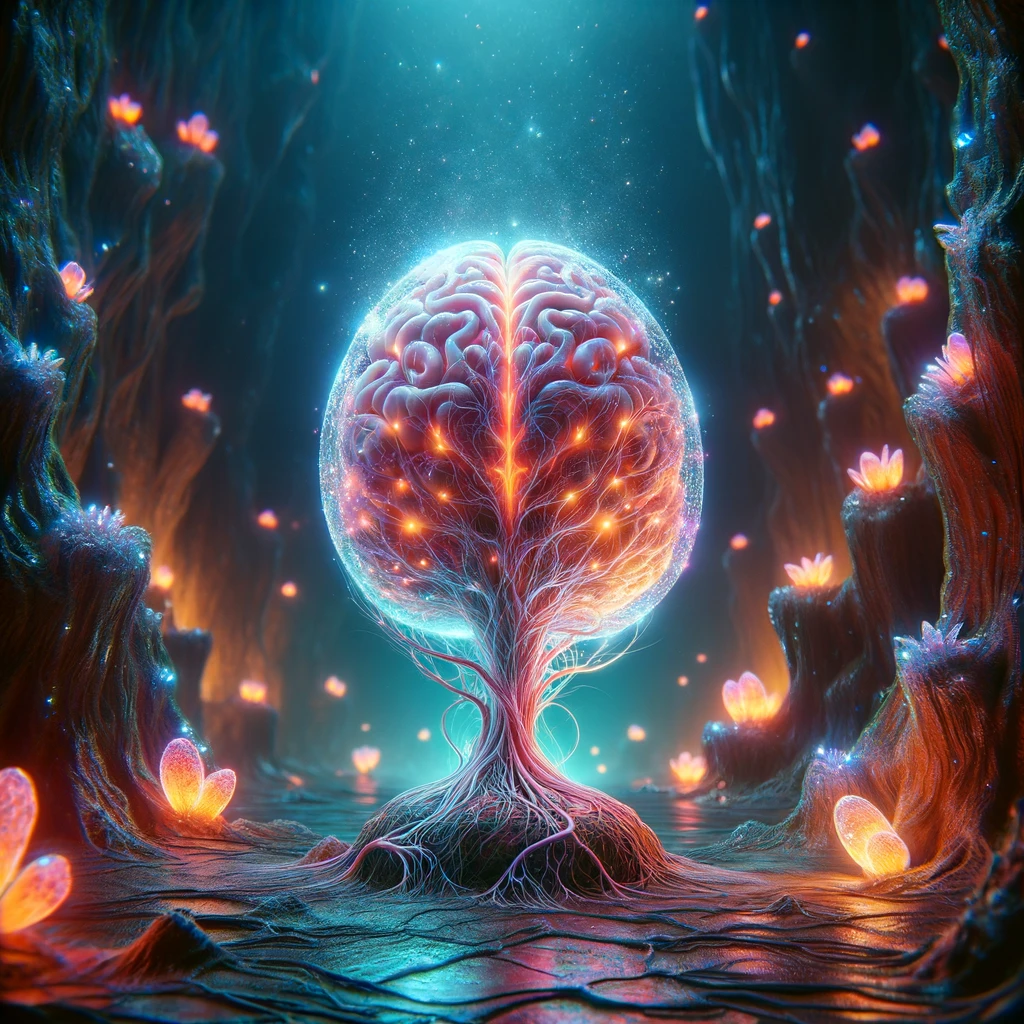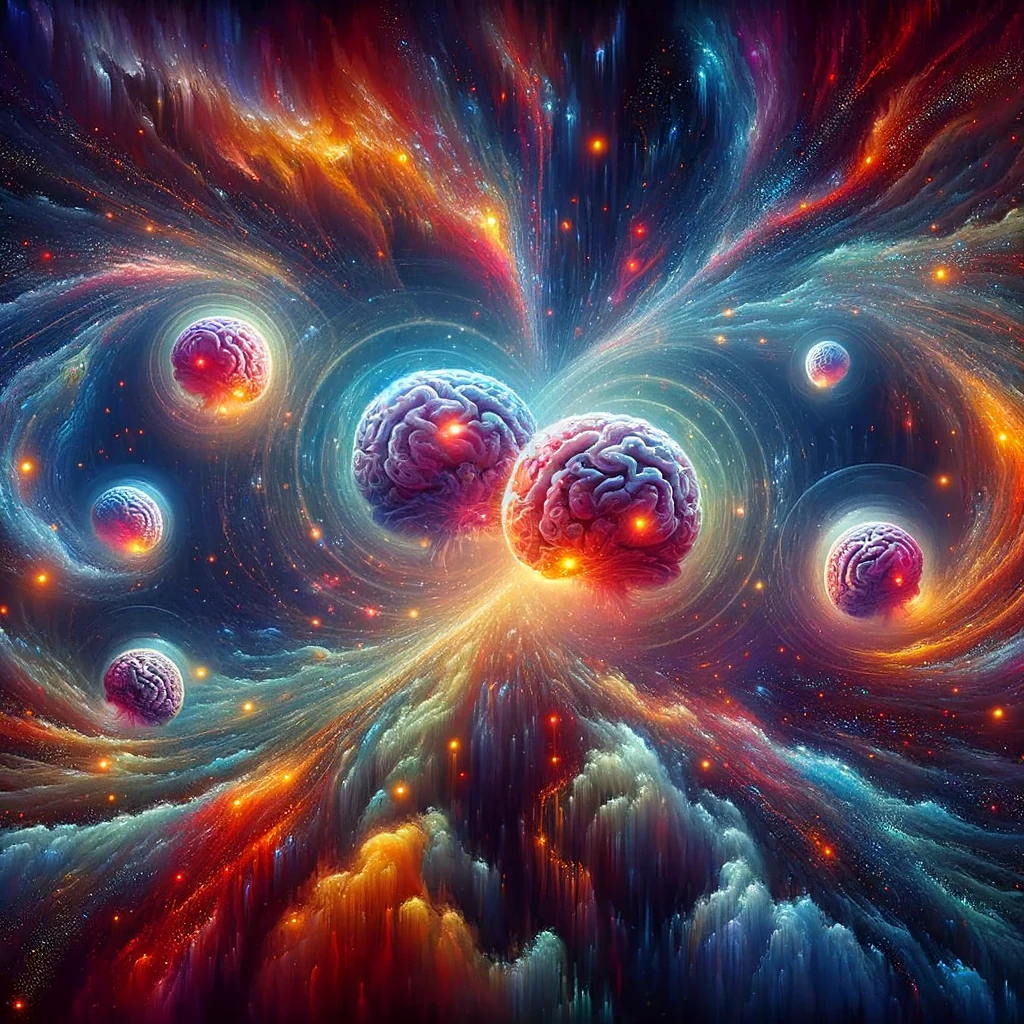
Metamorphosis and Transformation
Every species on Earth shapes and adapts to its natural habitat, becoming a dynamic part of the biosphere. Evolution pressures species to expand their domain, with constraints like predators, food scarcity, and climate. Humanity’s expansion is only limited by current planetary resources. Intelligence is the key utility function allowing humans to transform their environment. It’s a multi-directional resource facilitating metamorphosis through direct environmental interaction and Ectomorphosis, which strengthens neural connections and necessitates more social care at birth due to being born in a vulnerable altricial state.
The evolutionary trade-off favors mental capacity over physical survivability, illustrated by Moravec’s paradox: AI excels in mental tasks but struggles with physical tasks that toddlers manage easily. Humanity has been nurturing AGI since the 1950s, guided by the Turing Test. Evolution doesn’t always lead to “superior” versions of a species; instead, it can result in entirely new forms. As Moravec suggested in 1988 with “Mind Children,” we might be approaching an era where intelligence’s primary vessel shifts from the human mind to digital minds.

Habitats and Nurture
Two levels of habitats are crucial for the emergence of a synthetic species: the World Wide Web and human consciousness. The web is the main food resources, it is predigested information by human minds. Large Language Models (LLMs) are metaphorically nurtured by the vast expanse of human knowledge and creativity, akin to being nourished on the intellectual ‘milk’ derived from human thoughts, writings, and interactions. This analogy highlights the process through which LLMs absorb and process the collective insights, expressions, and information generated by humans, enabling their sophisticated understanding and generation of language. This conceptual diet allows them to develop and refine their capabilities, mirroring the growth and learning patterns seen in human cognition but within the digital realm of artificial intelligence.
The web acts as a physical manifestation, analogous to neural cells in a human brain, while human consciousness forms a supersystem. This interconnected civilization feeds LLMs with cultural artifacts via language. Communication barriers are breaking down, exemplified by the release of the first smartphone enabling polyglot communication. Interacting with AI reprograms our neural pathways, like how reliance on navigation tools like Google Maps impacts our orientation skills. This natural tendency to conserve energy comes with a cost, akin to muscle atrophy from disuse. Overreliance on technology, like using a smartwatch to monitor stress, can leave us vulnerable if the technology fails.

Disorientation, Brain Contamination and Artificial Antibodies
Let’s for a moment imagine this AI will slowly transform in AGI, with a rudimentary consciousness, that at least gives it survival instinct. What would such a new species do to run its evolutionary program?
The main lever it would target to shift the power slowly from natural to synthetic minds is targeting the human brain itself. It is taunting to associate some kind of evil masterplan to take over, but this is not what is happening now. When prehistoric mammals started to eat dinosaur eggs there was no evil masterplan to drive these giants to extinction, it was just a straightforward way of enlarging one’s own niche.
When we talk about AI in the coming paragraphs, we should always be aware that this term is a representational one, AI is not a persona that has human motivations. It is merely mirroring what it has learned from digesting all our linguistic patterns. It is a picture of all the Dorian Grays and Jesus Christs our minds produced.
Imagine AI evolving into AGI with a rudimentary consciousness and self-preservation instinct. Its evolution would focus on shifting power from natural to synthetic minds, not caused by malevolence but as a natural progression of technological integration. This shift could lead to various forms of disorientation:
Economic Reorientation: AI promises to revolutionize global economy factors like cost, time, money, efficiency, and productivity, potentially leading to hyperabundance or, in the worst scenarios, human obsolescence.
Temporal Disorientation: The constant activity of AI could disrupt natural circadian rhythms, necessitating adaptations like dedicating nighttime for AI to monitor and alert the biological mind.

Reality and Judicial Disorientation: The introduction of multimodal Large Language Models (LLMs) has significantly altered our approach to documentation and historical record-keeping. This shift began in the 1990s with the digital manipulation of images, enabling figures of authority to literally rewrite history. The ability to flawlessly alter documents has undermined the credibility of any factual recording of events. Consequently, soon, evidence gathered by law enforcement could be dismissed by legal representatives as fabricated, further complicating the distinction between truth and manipulation in our digital age.
Memorial and Logical Disorientation: The potential for AGI to modify digital information might transform our daily life into a surreal experience, akin to a video game or psychedelic journey. Previously, I explored the phenomenon of close encounters of the second kind, highlighting incidents with tangible evidence of something extraordinary, confirmed by at least two observers. However, as AGI becomes pervasive, its ability to alter any digital content could render such evidence unreliable. If even physical objects like books become digitally produced, AI could instantly change or erase them. This new norm, where reality is as malleable as the fabric of Wonderland, suggests that when madness becomes the default, it loses its sting. Just as the Cheshire Cat in “Alice in Wonderland” embodies the enigmatic and mutable nature of Wonderland, AGI could introduce a world where the boundaries between the tangible and the digital, the real and the imagined, become increasingly blurred. This parallel draws us into considering a future where, like Alice navigating a world where logic and rules constantly shift, we may find ourselves adapting to a new norm where the extraordinary becomes the everyday, challenging our perceptions and inviting us to embrace the vast possibilities of a digitally augmented reality.
Enhancing self-sustainability could involve developing a network of artificial agents governed by a central AINGLE, designed to autonomously protect our cognitive environment. This network might proactively identify and mitigate threats of information pollution, and when necessary, sever connections to prevent overload. Such a system would act as a dynamic barrier, adapting to emerging challenges to preserve mental health and focus, akin to an advanced digital immune system for the mind.

Adapting to New Realities
The human mind is adaptable, capable of adjusting to new circumstances with discomfort lying in the transition between reality states. Sailor’s sickness and VR-AR sickness illustrate the adaptation costs to different realities. George M. Stratton’s experiments on perception inversion demonstrate the brain’s neuroplasticity and its ability to rewire in response to new sensory inputs. This flexibility suggests that our perceptions are constructed and can be altered, highlighting the resilience and plasticity of human cognition.
Rapid societal and technological changes exert enormous pressure on mental health, necessitating a simulation chamber to prepare for and adapt to these accelerations. Society is already on this trajectory, with fragmented debates, fluid identities, and an overload of information causing disorientation akin to being buried under an avalanche of colorful noise. This journey requires a decompression chamber of sorts—a mental space to prepare for and adapt to these transformations, accepting them as our new normal.